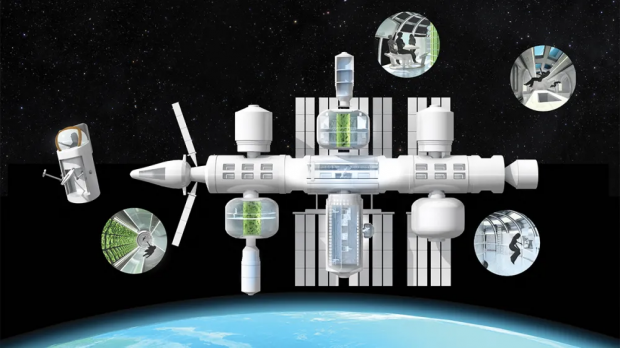
Breaking News
 Trump Truth Social is Merging with TAE Technologies Nuclear Fusion
Trump Truth Social is Merging with TAE Technologies Nuclear Fusion
 Crazy – Arrest Warrant Out for Brown Shooter Who Might Also Have Killed MIT Professor
Crazy – Arrest Warrant Out for Brown Shooter Who Might Also Have Killed MIT Professor
 Ditch the Subsidies, Grow What Actually Works
Ditch the Subsidies, Grow What Actually Works
 US bank regulator clears national banks to facilitate crypto transactions
US bank regulator clears national banks to facilitate crypto transactions
Top Tech News
 This tiny dev board is packed with features for ambitious makers
This tiny dev board is packed with features for ambitious makers
 Scientists Discover Gel to Regrow Tooth Enamel
Scientists Discover Gel to Regrow Tooth Enamel
 Vitamin C and Dandelion Root Killing Cancer Cells -- as Former CDC Director Calls for COVID-19...
Vitamin C and Dandelion Root Killing Cancer Cells -- as Former CDC Director Calls for COVID-19...
 Galactic Brain: US firm plans space-based data centers, power grid to challenge China
Galactic Brain: US firm plans space-based data centers, power grid to challenge China
 A microbial cleanup for glyphosate just earned a patent. Here's why that matters
A microbial cleanup for glyphosate just earned a patent. Here's why that matters
 Japan Breaks Internet Speed Record with 5 Million Times Faster Data Transfer
Japan Breaks Internet Speed Record with 5 Million Times Faster Data Transfer
 Advanced Propulsion Resources Part 1 of 2
Advanced Propulsion Resources Part 1 of 2
 PulsarFusion a forward-thinking UK aerospace company, is pushing the boundaries of space travel...
PulsarFusion a forward-thinking UK aerospace company, is pushing the boundaries of space travel...
 Dinky little laser box throws big-screen entertainment from inches away
Dinky little laser box throws big-screen entertainment from inches away
 'World's first' sodium-ion flashlight shines bright even at -40 ºF
'World's first' sodium-ion flashlight shines bright even at -40 ºF
Jeff Bezos's Blue Origin Could Have a Commercial Space Station Running by 2030

As NASA plans to decommission the International Space Station (ISS) by the end of the decade, the next generation of orbital enterprise prepares to launch. Rocket-builder Blue Origin is aiming to have the first commercial space station—a solar-powered, "mixed-use business park" called Orbital Reef—operational by 2030.
Floating 311 miles above the Earth, the 29,300-cubic-foot installation will be self-supporting and feature sleeping quarters, social areas, and research facilities. Its central Core structure, with a volume of 8,228 cubic feet, is connected to an inflatable Large Integrated Flexible Environment (LIFE) habitat from Sierra Space, a Colorado-based aerospace and space-technologies outfit.



